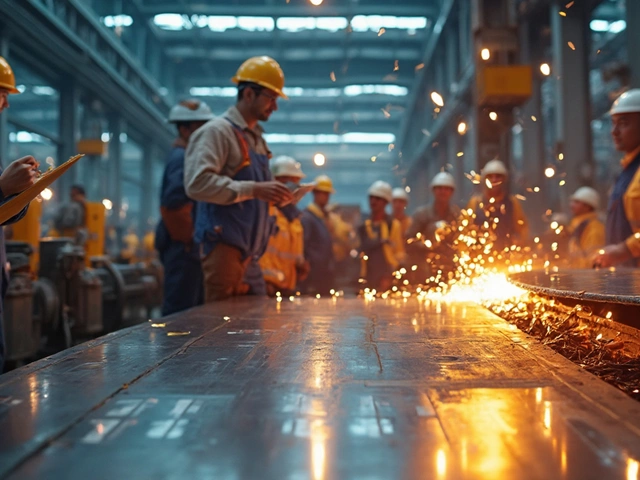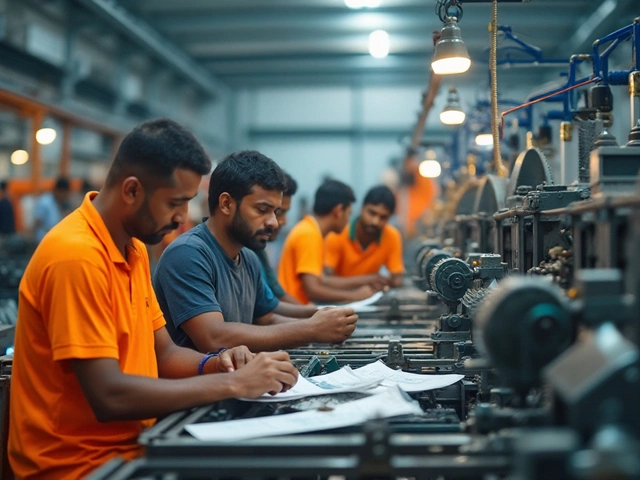Polypropylene: Applications, Production & Sustainability
When working with Polypropylene, a versatile thermoplastic polymer prized for strength, chemical resistance, and low cost. Also known as PP, it forms the backbone of everything from food packaging to automotive components. Injection molding, a high‑pressure process that injects molten polymer into molds lets manufacturers create complex shapes quickly, while extrusion, a continuous method that pushes polymer through a die to produce films, sheets, and pipes supplies the long‑run products we see on store shelves. The rise of recycling, collecting, cleaning, and re‑processing used plastic into new material is reshaping how the industry tackles waste, making polypropylene a more sustainable choice over time. In short, polypropylene encompasses a broad range of applications, requires specific manufacturing techniques, and benefits from growing recycling initiatives.
Key Aspects of Polypropylene
First, the material’s physical traits drive its popularity: it’s lightweight, has a high melting point, and resists fatigue, which makes it ideal for automotive panels, medical devices, and reusable containers. Second, production hinges on two core processes. Extrusion creates thin films for packaging and sturdy pipes for infrastructure; the process involves melting polymer granules and shaping them in a continuous line, which keeps costs down and volume up. Meanwhile, injection molding handles the bulk of consumer‑good parts—think bottle caps, Lego bricks, and thermostat housings—by cooling the molten polymer in precision molds for rapid, repeatable output. Third, sustainability plays an ever‑bigger role. Modern plants incorporate energy‑efficient furnaces, and many brands now source recycled PP to cut virgin polymer demand. Recycling not only reduces landfill pressure but also lowers the carbon footprint of new products, creating a feedback loop where increased recycled content fuels further market demand.
All these threads—material properties, production methods, and environmental considerations—intersect across the articles you’ll find below. Whether you’re curious about how Indian manufacturers optimize polypropylene extrusion, how the polymer contributes to low‑cost furniture, or what the latest recycling standards mean for your supply chain, the collection offers practical insights and real‑world examples. Dive in to see how the industry is turning a simple plastic into a cornerstone of modern manufacturing, and discover actionable tips you can apply to your own projects.

Code 5 plastic, or polypropylene, is everywhere—from food packaging to car parts. Here’s a deep look at its properties, safety, recycling, and real-life tips for identifying and using it smartly. (Read More)







